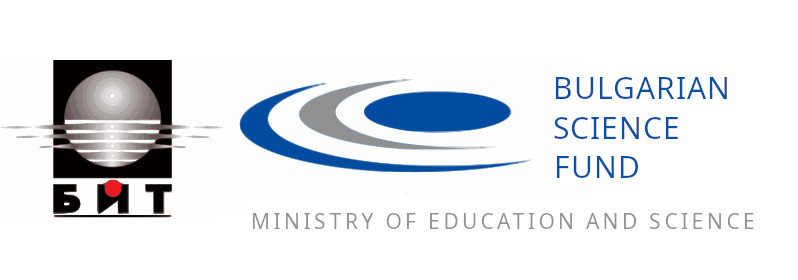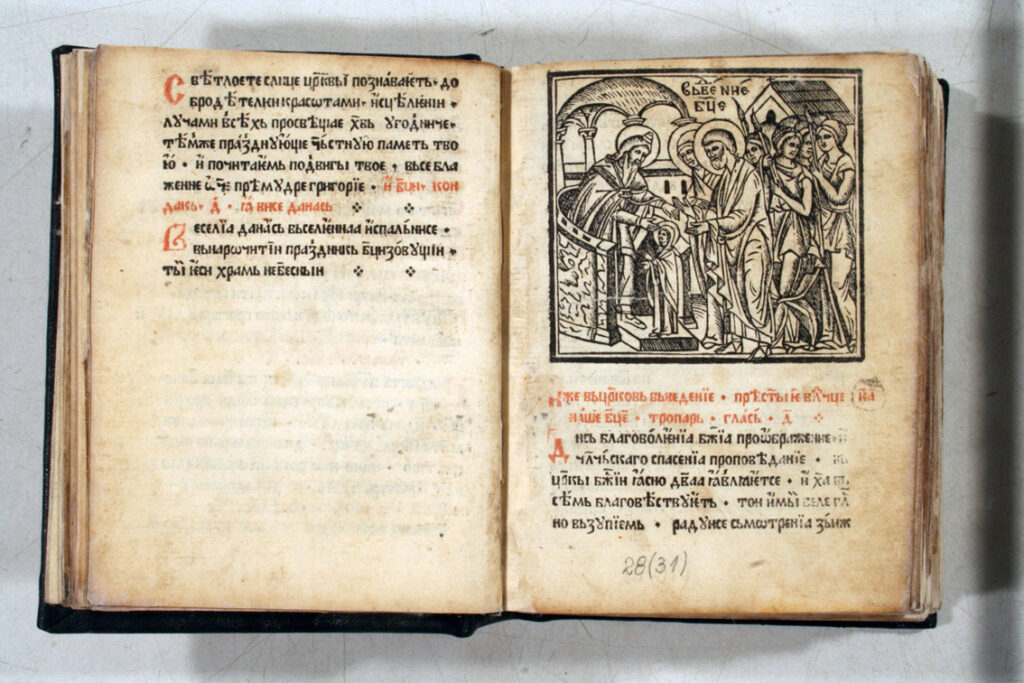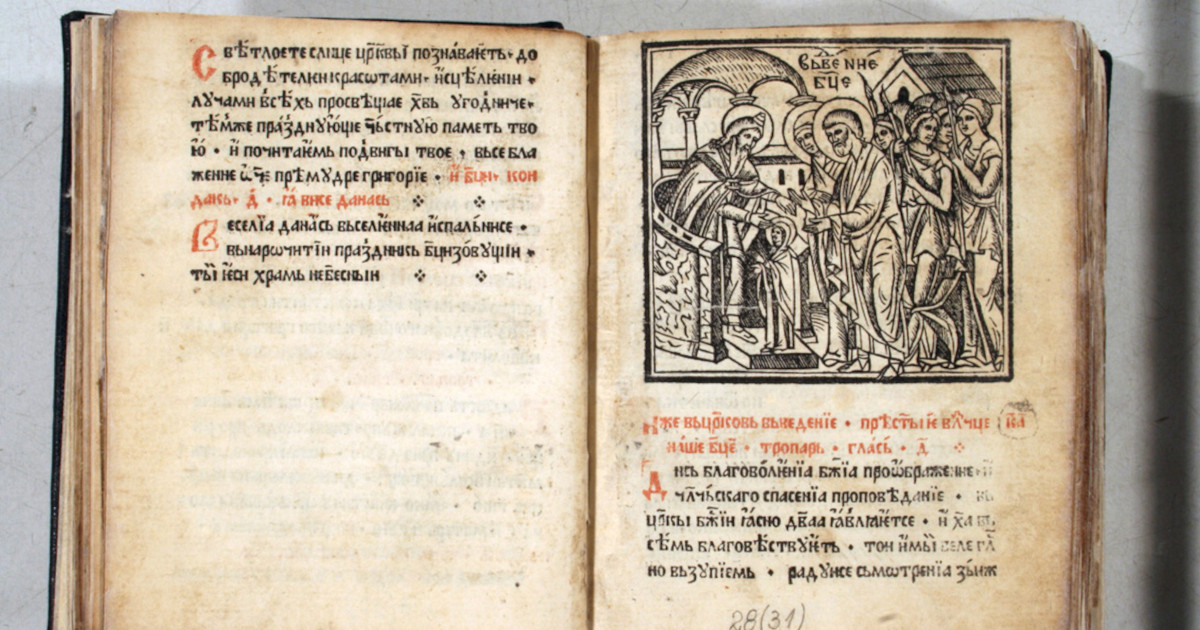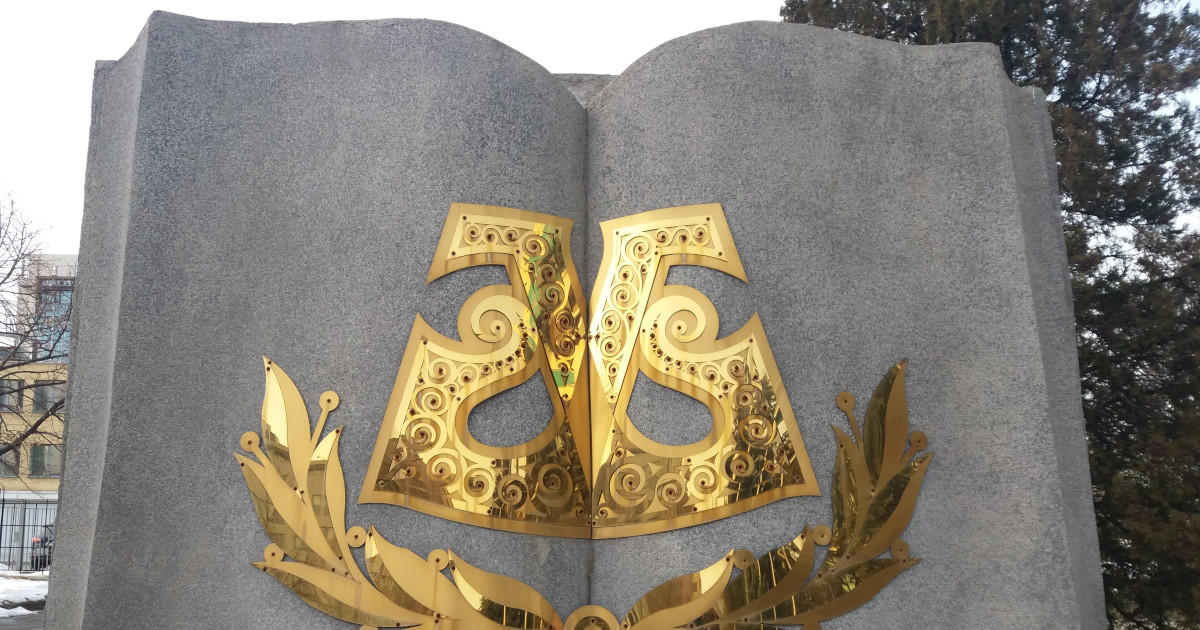
Project: “The Collection of Early Printed Cyrillic Books at the Library of the Rila Monastery”
(Research and Scientific Inventory in e-Environment) financed by the National Science Fund of the Ministry of Education and Science of the Republic of Bulgaria with Contract № КП-06-Н60/8 from 17.11.2021, led by assist. prof. Polly Mukanova, PhD
Project team
- Assist. Prof. Polly Rumenova Mukanova, PhD
- Prof. D.Sc. Vasja Nikolova Velinova
- Prof. Neli Todorova Kostova, PhD
- Assoc. Prof. Vasil Yordanov Zagorov, PhD
- Zhenya Yordanova Ivanova, MA
- Assist. Prof. Kamelia Genkova Hristova–Yordanova, PhD
- Assist. Prof. Gabriela Angelova, PhD
About the project
Rila Monastery is the oldest and largest Bulgarian monastery. Its library has been a unique venue of spiritual holiness for a period of time encompassing centuries. There are 60,000 entries in the library, of which old print books amount to 9,000 volumes. These are Slavonic, Bulgarian, Greek, Arabic and Aramaic manuscripts, old print issues in Church-Slavonic, old books and journals in Bulgarian, Russian, Serbian, Romanian, Greek, Arabic, etc. as well as other valuable monuments.
Rila Monastery houses the richest in quantity as well as thematic diversity collection of Slavonic Cyrillic Old Print books, which hasn’t been studied so far in its completeness and hasn’t been described in accordance with contemporary standards. This has often left it outside the scope of scientific interest and the attention of scholars in this field – an understatement which the collection doesn’t deserve in any way. Studies have been published on separate rare editions or articles of a brief overview on the book collection, and this only partially reflects the enormous literary richness kept in the monastery. According to data from the inventory lists only found on the territory of the monastery, the collection contains samples of the earliest Cyrillic print – rare editions of the Venetian print by Bozhidar Vukovich and Yakov Kraykov, valuable Russian religious mass books, a lot of editions with print engraving, which makes them unique samples of decorated the old print books. The collection of old print Russian books in Rila Monastery is the biggest and most valuable original collection in Bulgaria. It keeps 438 volumes (350 editions) of Russian print editions dating back to the period between 16th and 18th centuries. Russian print books haven’t been an object of serious and exhaustive research – no inventory or at least a catalogue has been published on them.

The project objective is the creation of a scientific description and inventory of Slavonic books in print and electronic format. The e-bibliography of the Slavonic Cyrillic print collection will be a new contemporary product which will allow the effective functioning of the library at the monastery. In itself, this will be of help to contemporary and future readers – experts and a wider circle of users with a regulated access in accordance with the monastery regulations.
For the first time, the collection will be thoroughly studied and a scientific inventory of the Slavonic Cyrillic print books will be prepared in Rila Monastery (16th – 19th c.), having in mind that, on the basis of the existing inventory, currently no accurate and complete information about the print editions can be obtained. A digitized environment will also be created for digital collections of postscripts (most of them with historical content). This is a fundamental basis that will shed light on the literary tradition of this unique collection of the monastery in the context of the modern scientific paradigm.
For the preservation and promotion of all this literary wealth it is necessary to study it comprehensively, in relation to the development of a strategy for identification, cataloging and digitization of the collection according to the modern requirements and standards of archeography and bibliography.
The project is for PhD students, junior scientists and post-doctoral students with the opportunity to be involved in leading scientific research in sync with the national and European policies for raising scientific competences.





